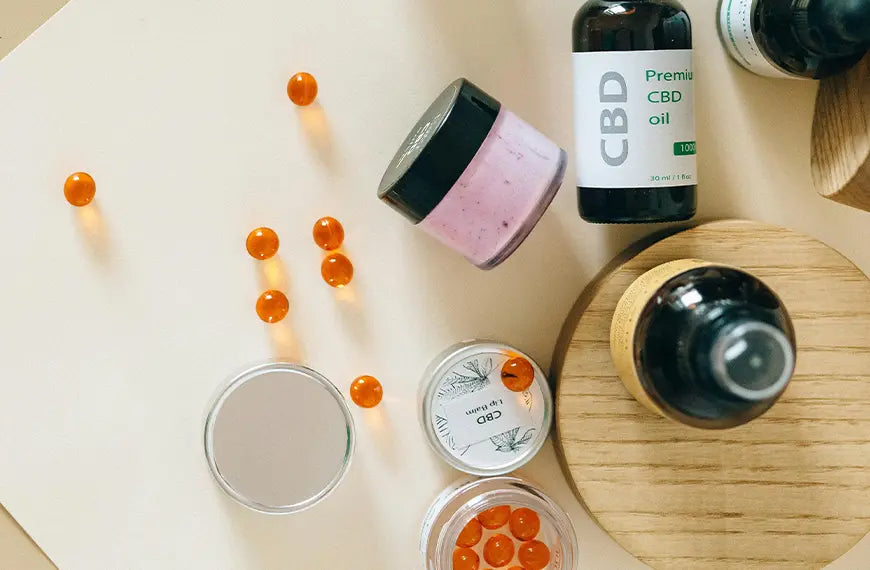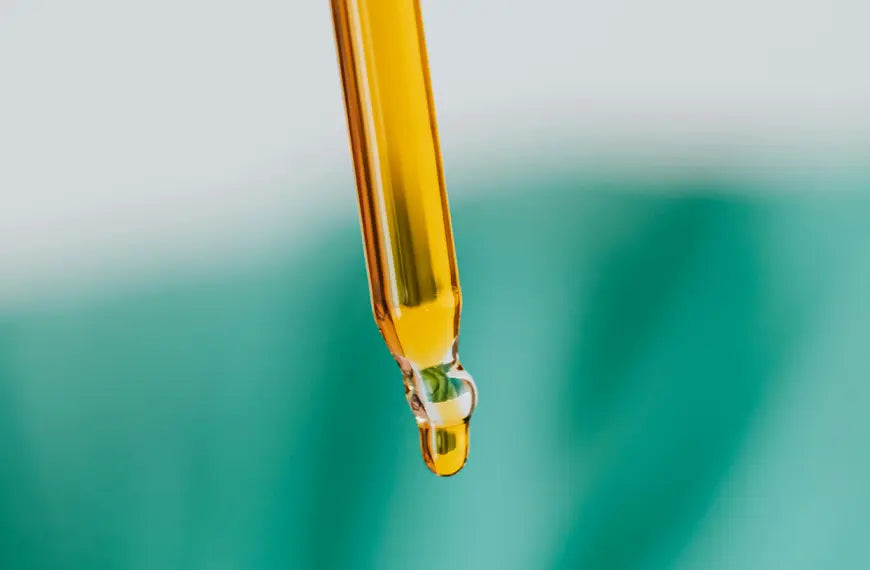How to Read a CBD Product Label: What to Look For and Avoid

Navigating the CBD market can feel overwhelming, especially when faced with a range of products and labels filled with technical jargon. Understanding how to read a CBD product label is essential for selecting high-quality, safe, and effective products that align with your needs. This FAQ article provides a comprehensive guide to decoding CBD labels, highlighting what to prioritize and what to avoid.
Why Is Understanding CBD Labels Important?
CBD products are not yet uniformly regulated, which means that quality and transparency can vary significantly between brands. By knowing what to look for on a CBD label, you can avoid subpar products and ensure that what you're purchasing meets your expectations.
- Key Benefits of Label Literacy:
- Ensures product safety.
- Confirms legal compliance (e.g., THC levels in the UK must be under 0.2%).
- Verifies the product's potency and quality.
- Protects you from misleading claims.
What to Look for on a CBD Product Label
A trustworthy CBD product label should provide clear, transparent, and verifiable information. Here’s what to look for:
1. CBD Content (Potency)
The label should indicate how much CBD is in the product, typically listed in milligrams (mg). This is often expressed in two ways:
Total CBD Content: The total amount of CBD in the product (e.g., 1000 mg in a 30 ml bottle).
CBD per Serving: The amount of CBD in each dose or serving (e.g., 33 mg per 1 ml dropper).
2. Type of CBD
CBD products come in three main types, and the label should specify which one the product contains:
Full-Spectrum: Contains CBD along with other cannabinoids, terpenes, and trace THC.
Broad-Spectrum: Similar to full-spectrum but with THC removed.
CBD Isolate: Pure CBD without other cannabinoids or terpenes.
3. Ingredients List
A complete list of ingredients helps you identify:
Carrier Oils: Common options include MCT oil, hemp seed oil, or olive oil.
Additional Ingredients: Check for flavourings, sweeteners, or botanicals.
Allergens: Ensure the product doesn’t contain any ingredients you’re allergic to.
4. Certificate of Analysis (COA)
A reputable brand will link to or provide a Certificate of Analysis from a third-party lab. The COA confirms:
The CBD and THC content matches the label.
The product is free of contaminants like pesticides, heavy metals, and mold.
The presence of other cannabinoids and terpenes (if applicable).
5. Legal THC Levels
In the UK, CBD products must contain less than 0.2% THC. This information should be prominently displayed or included in the COA.
6. Batch Number
A batch number allows you to trace the product back to its specific production run, which is useful for verifying quality and in case of recalls.
7. Usage Instructions
Clear guidance on how to use the product, including:
Suggested serving size.
Number of servings per container.
Recommended method of administration (e.g., oral, topical, sublingual).
8. Expiry Date
CBD products degrade over time, so an expiration date ensures you’re using a fresh and effective product.
9. Brand Information
A credible product label will include the manufacturer’s or distributor’s contact information, allowing you to reach out with questions or concerns.
What to Avoid on a CBD Product Label
Be cautious of red flags that may indicate a low-quality or misleading product:
1. Vague CBD Claims
Avoid labels that only mention “hemp extract” without specifying the amount of CBD. Hemp seed oil and CBD are different, and vague labeling can be misleading.
2. No COA or Third-Party Testing
If there’s no COA available, there’s no way to verify the product’s safety or potency.
3. Unrealistic Claims
Beware of products that promise to cure diseases or make exaggerated claims like “100% guaranteed to eliminate pain.” Such statements violate UK advertising regulations.
4. Hidden THC Content
Products that fail to explicitly state THC levels may pose a risk, especially if THC exceeds legal limits.
5. Missing Dosage Information
Without clear dosing guidance, it’s difficult to use the product safely or effectively.
6. Unrecognizable Ingredients
Check for additives or synthetic compounds that might be harmful or unnecessary.
Tips for Choosing High-Quality CBD Products
- Stick to Reputable Brands: Choose companies with a history of transparency and positive customer reviews.
- Cross-Check COA Information: Match the COA results with what’s stated on the label.
- Consider Packaging: Dark, UV-protective bottles help preserve CBD’s potency.
- Start with Lower Potencies: Especially if you’re new to CBD, opt for products with lower concentrations and build up as needed.
Conclusion: Decoding CBD Labels for Informed Choices
Understanding CBD product labels is your first step toward making safe, informed, and effective choices. By paying attention to key elements like potency, type, and COA verification, you can confidently select products that meet your needs. Equally important is knowing what to avoid, such as vague claims or the absence of third-party testing.
Whether you’re a first-time user or a seasoned CBD enthusiast, taking the time to scrutinize labels ensures that you’re investing in products that deliver on their promises. With this knowledge, you can fully harness the potential benefits of CBD while steering clear of pitfalls in the marketplace.



